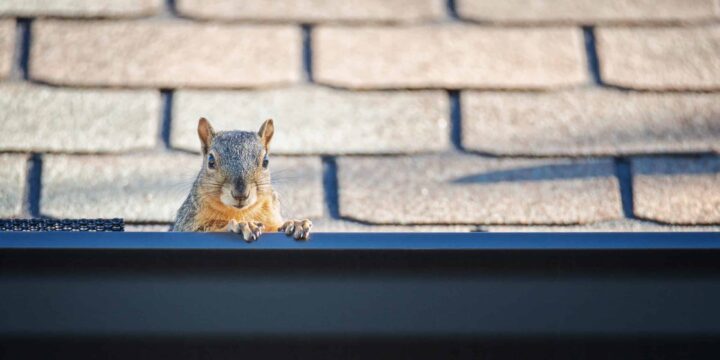
Unexpected Guest: Dealing with a Squirrel in the House
Imagine sitting in your cozy living room, enjoying a quiet evening, when suddenly you hear scurrying and scratching sounds coming from above. Your heart skips a beat as you realize that you have an unexpected guest: a squirrel has found its way into your house. While these agile creatures might appear cute and harmless, dealing with a squirrel invasion requires prompt action and a blend of caution and compassion.
The first step in handling a squirrel in house is to remain calm. Squirrels are naturally curious and agile animals that can easily find their way into homes through small openings such as chimneys, vents, or gaps in walls. Reacting with panic could lead to inadvertent mistakes that exacerbate the situation.
The next course of action is to isolate the squirrel. Close off the room or area where the squirrel is located to prevent its movement throughout the house. This not only keeps the squirrel from causing further damage but also reduces its potential interaction with family members or pets, mitigating the risk of bites or scratches.

It’s essential to remember that squirrels are wild animals and can become stressed in confined spaces. While they might seek shelter indoors, they are not adapted to living within a house environment. Therefore, providing an exit route for the squirrel is crucial. Open windows or doors leading outside can serve as potential escape routes. Ensure that the path is clear and obstacles are removed to facilitate the squirrel’s departure.
If the squirrel seems hesitant to leave, you might consider using subtle deterrents to encourage it to exit. Playing soft music or creating mild disturbances, like gently tapping on the walls, can nudge the squirrel toward the open window or door. It’s important to avoid aggressive actions or loud noises, as these could further stress the animal.
In situations where the squirrel refuses to leave or becomes agitated, it’s advisable to seek professional help. Wildlife removal experts possess the knowledge and experience to handle such situations safely and humanely. They can use techniques that won’t harm the squirrel while ensuring it’s safely returned to its natural habitat.